Wind power has rapidly emerged as one of the most economically viable sources of renewable energy. With advancements in technology and increased investments, the economics of wind energy are shifting, making it a cornerstone of the global energy landscape. This article delves into the costs, benefits, and market trends associated with wind power, highlighting its economic implications for both local communities and the global market.
1. Costs of Wind Power
The cost of wind power has declined significantly over the past decade, driven by technological advancements and economies of scale. The levelized cost of energy (LCOE), which reflects the average cost of generating electricity over a project’s lifetime, has dropped dramatically. According to the International Renewable Energy Agency (IRENA), onshore wind LCOE fell by approximately 49% between 2010 and 2019, making it one of the cheapest sources of new electricity globally.
Key factors contributing to this decline include:
- Technological Advancements: Innovations in turbine design, such as larger and more efficient blades, have increased energy output and reduced the cost per megawatt-hour (MWh) generated.
- Manufacturing Efficiency: Improved manufacturing processes and supply chain optimization have led to reduced capital costs for wind projects.
- Competitive Markets: Increased competition among developers has driven prices down as companies strive to secure contracts for new projects.
2. Benefits of Wind Power
The economic benefits of wind energy extend beyond its low costs. Key advantages include:
- Job Creation: The wind energy sector has become a significant source of employment. According to the U.S. Department of Energy, wind energy jobs grew by 61% from 2013 to 2019, with over 116,000 workers employed in the industry by 2019.
- Energy Independence: Wind power reduces reliance on fossil fuels and enhances energy security. By investing in local wind projects, countries can decrease their vulnerability to volatile energy markets.
- Economic Diversification: Wind projects often provide additional income to rural communities through land leases, royalties, and local jobs, contributing to economic diversification in areas that may be reliant on traditional industries.
3. Market Trends
The wind energy market is evolving rapidly, shaped by several key trends:
- Offshore Wind Expansion: The offshore wind sector is experiencing unprecedented growth, driven by advancements in turbine technology and increased government support. Offshore wind farms have the potential to generate large amounts of electricity with higher capacity factors compared to onshore installations.
- Corporate Power Purchase Agreements (PPAs): Large corporations are increasingly entering into PPAs to secure renewable energy supplies. This trend is driven by corporate sustainability goals and the desire for stable energy prices. Companies like Google, Amazon, and Microsoft have made significant investments in wind projects as part of their commitment to renewable energy.
- Integration with Energy Storage: As the demand for renewable energy grows, the integration of wind power with energy storage solutions is becoming increasingly important. Combining wind generation with battery storage can help smooth out supply fluctuations and enhance grid stability.
4. Challenges Ahead
Despite its economic advantages, the wind energy sector faces several challenges:
- Intermittency: Wind power generation is dependent on wind conditions, which can be variable. This intermittency poses challenges for grid operators and requires the integration of complementary energy sources or storage solutions.
- Regulatory Hurdles: Policy uncertainties and regulatory challenges can impede wind project development. Stability in government incentives and support mechanisms is crucial for sustained investment in the sector.
- Environmental Concerns: While wind power is much cleaner than fossil fuels, concerns about its impact on local ecosystems, bird and bat mortality, and land use must be addressed to ensure sustainable development.
Conclusion
Wind power represents a significant opportunity in the transition to a sustainable energy future. Its declining costs, economic benefits, and market potential position it as a leading renewable energy source. However, addressing challenges related to intermittency, regulation, and environmental impact will be essential to fully harness the potential of wind energy. As global demand for clean energy continues to rise, wind power is poised to play a vital role in achieving economic and environmental goals. By embracing this transformative energy source, countries can not only foster economic growth but also make meaningful progress toward a more sustainable planet.
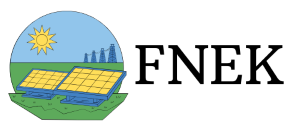
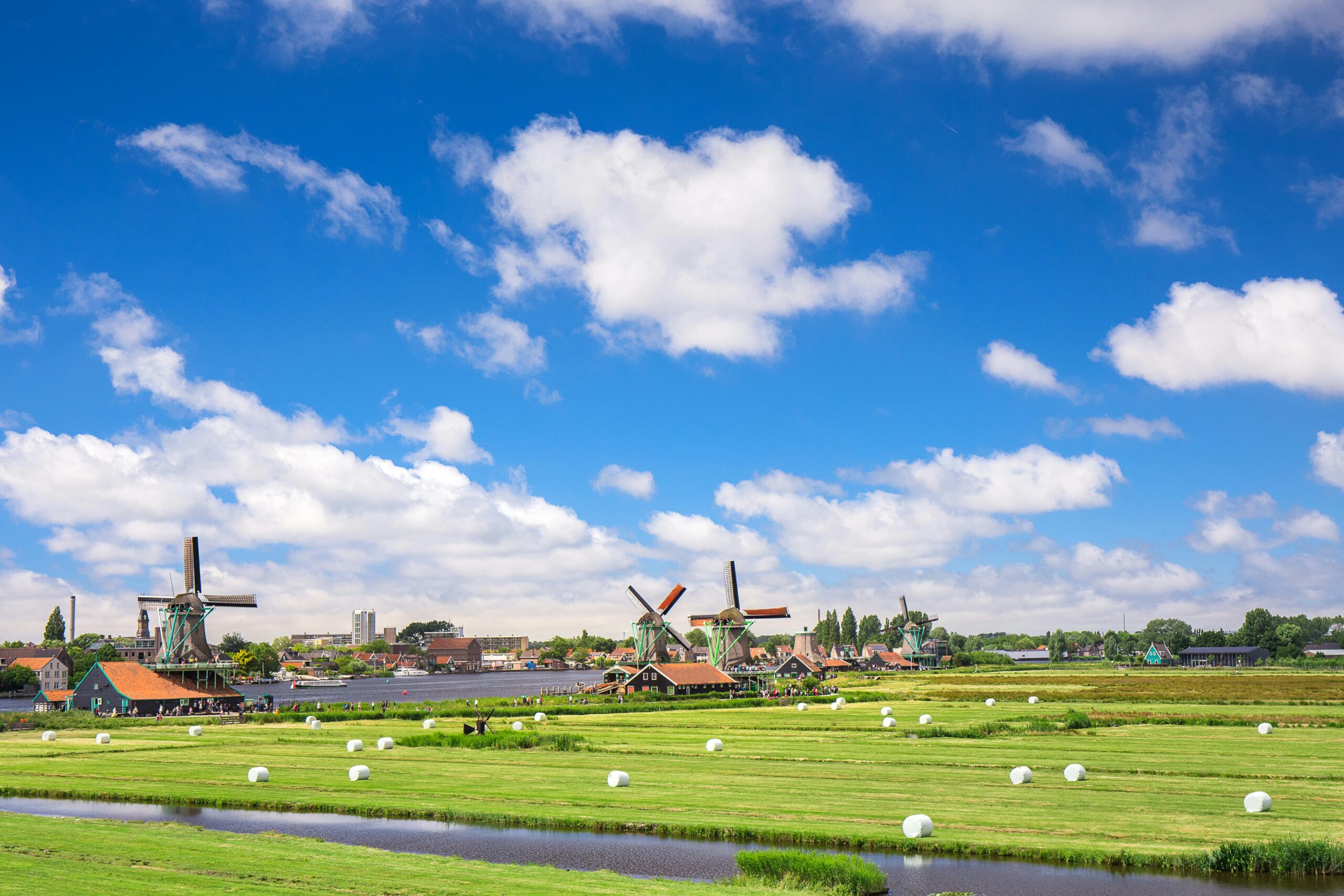
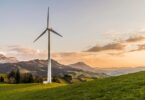
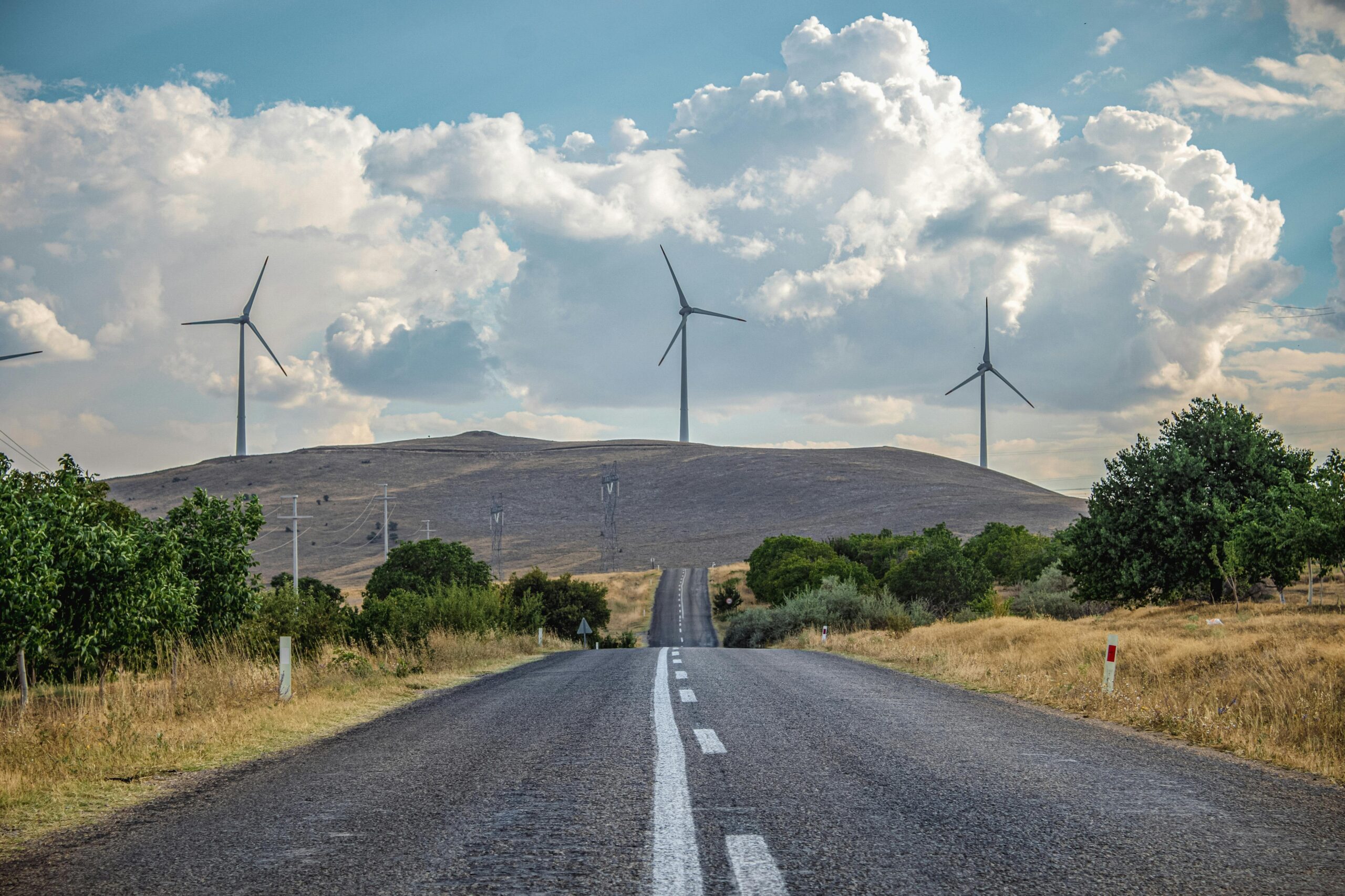

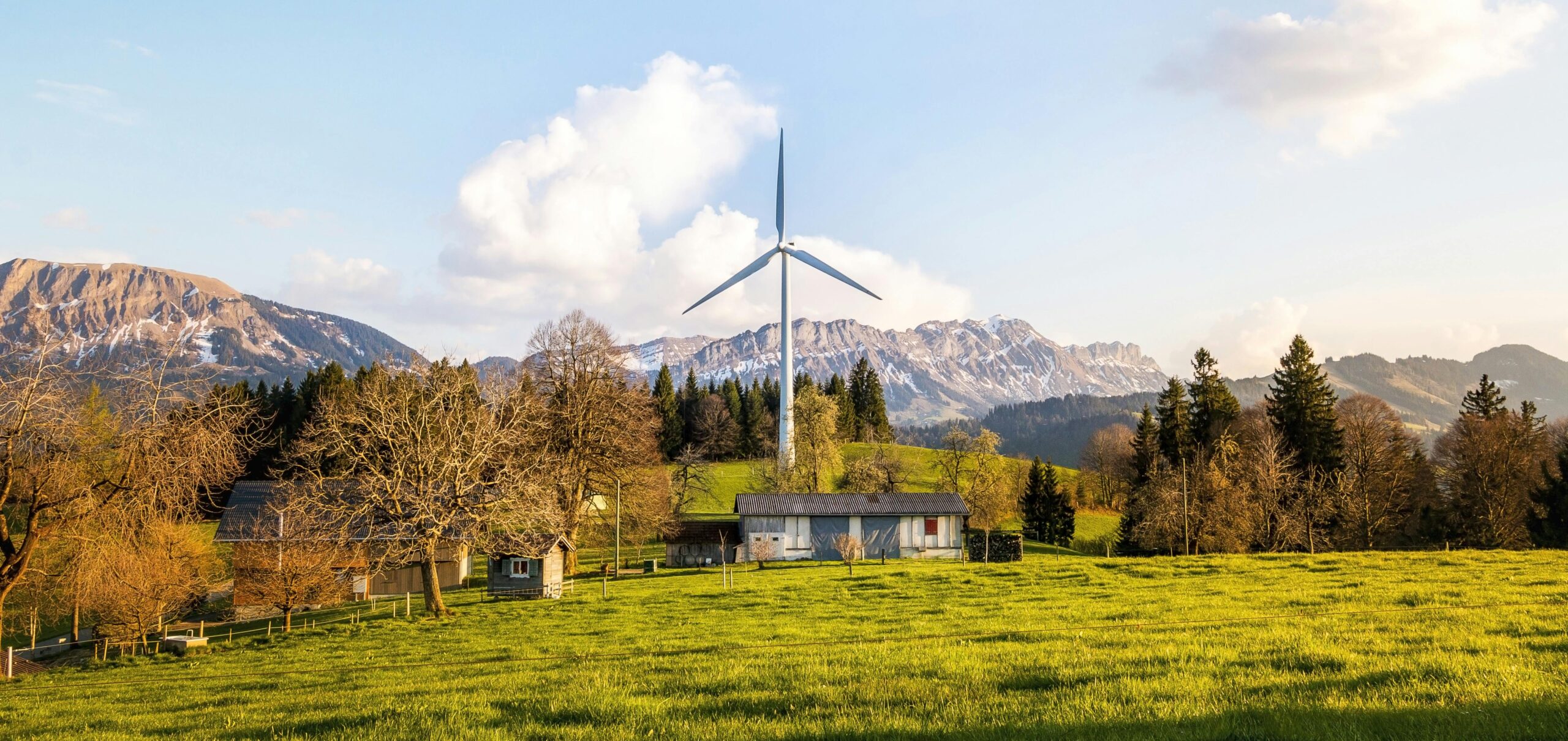


Leave a Comment